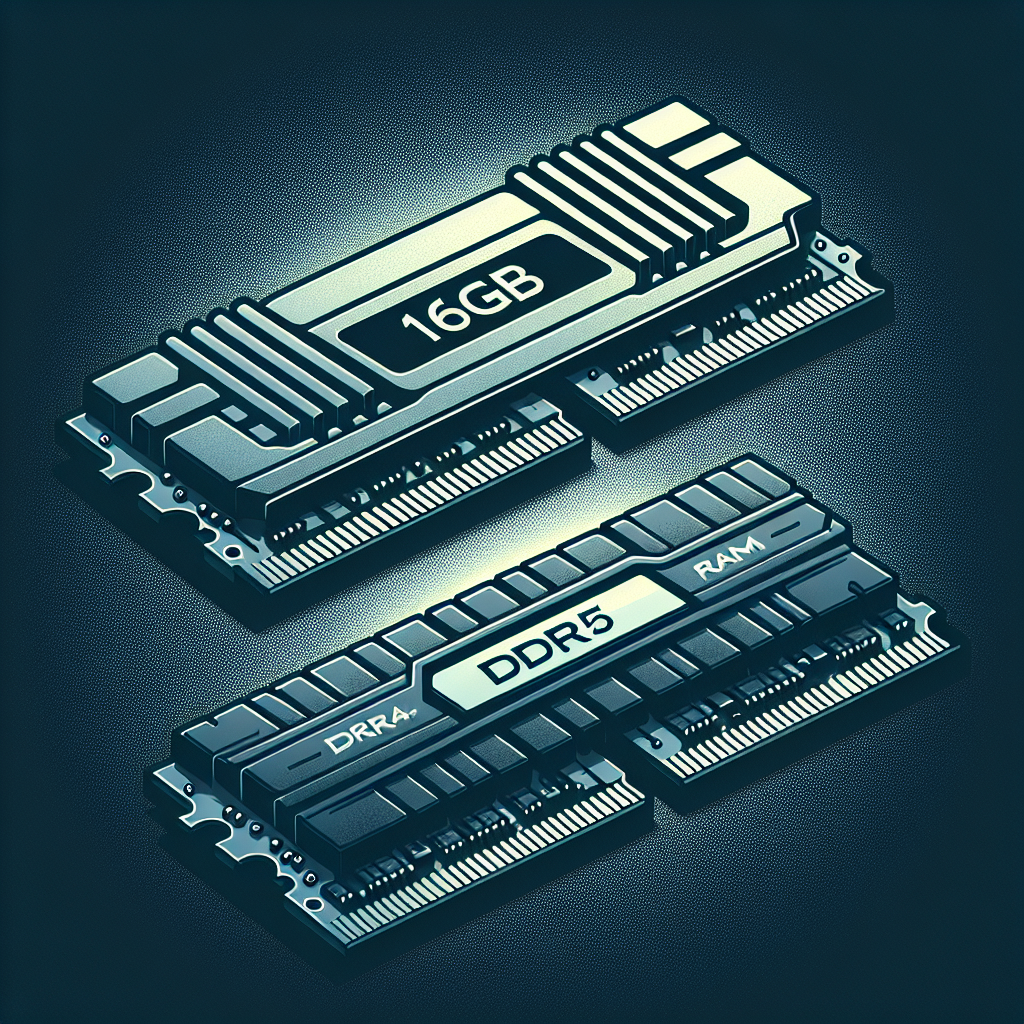Fix today. Protect forever.
Secure your devices with the #1 malware removal and protection software
With advancements in technology happening at a rapid pace, it can be challenging to keep up with the latest developments in the world of computer hardware. One of the most significant upgrades in recent years has been the introduction of DDR5 RAM, the latest generation of memory modules that promise faster speeds and improved performance compared to its predecessor, DDR4 RAM.
One of the key differences between DDR5 and DDR4 RAM is the increased capacity of DDR5 modules. While DDR4 RAM typically comes in capacities ranging from 4GB to 16GB per module, DDR5 RAM modules can now offer capacities of up to 32GB. This means that users can potentially double the amount of memory in their systems by upgrading to DDR5 RAM.
In addition to increased capacity, DDR5 RAM also boasts faster speeds and improved power efficiency compared to DDR4 RAM. DDR5 modules can achieve data transfer rates of up to 8400 MT/s, which is significantly faster than the maximum data transfer rate of 3200 MT/s offered by DDR4 modules. This means that DDR5 RAM can provide a noticeable performance boost for tasks that require high levels of memory bandwidth, such as gaming, video editing, and 3D rendering.
Furthermore, DDR5 RAM modules are designed to operate at lower voltages than DDR4 modules, which can help reduce power consumption and heat generation in your system. This can lead to improved overall system stability and longevity, as well as potentially lower energy costs in the long run.
So, is it worth upgrading to DDR5 RAM from DDR4? The answer ultimately depends on your specific needs and budget. If you are a casual user who primarily uses your computer for web browsing, word processing, and other basic tasks, you may not see a significant difference in performance by upgrading to DDR5 RAM. However, if you are a power user or gamer who demands the highest levels of performance from your system, upgrading to DDR5 RAM could provide a noticeable improvement in speed and responsiveness.
It’s important to note that upgrading to DDR5 RAM will require a compatible motherboard that supports DDR5 modules, so be sure to check the compatibility of your system before making the switch. Additionally, DDR5 RAM modules are currently more expensive than DDR4 modules due to their newer technology, so you may need to weigh the potential performance benefits against the cost of upgrading.
In conclusion, DDR5 RAM offers faster speeds, increased capacity, and improved power efficiency compared to DDR4 RAM. While the upgrade may not be necessary for all users, those who require high-performance computing capabilities may find it worth the investment. As technology continues to evolve, it’s essential to stay informed about the latest developments in order to make informed decisions about upgrading your computer hardware.
Fix today. Protect forever.
Secure your devices with the #1 malware removal and protection software

Leave a Reply
You must be logged in to post a comment.